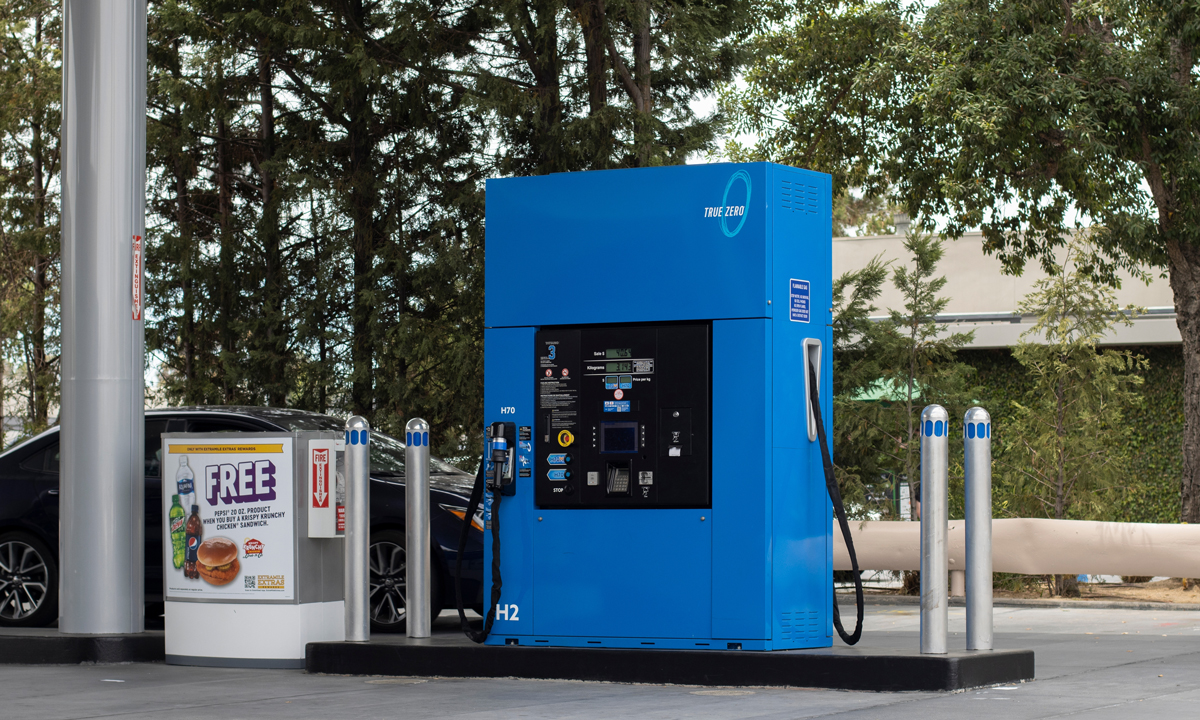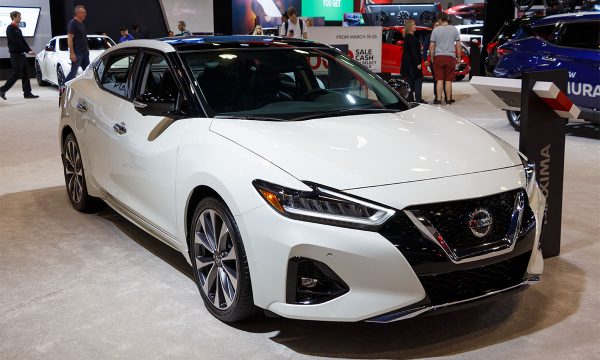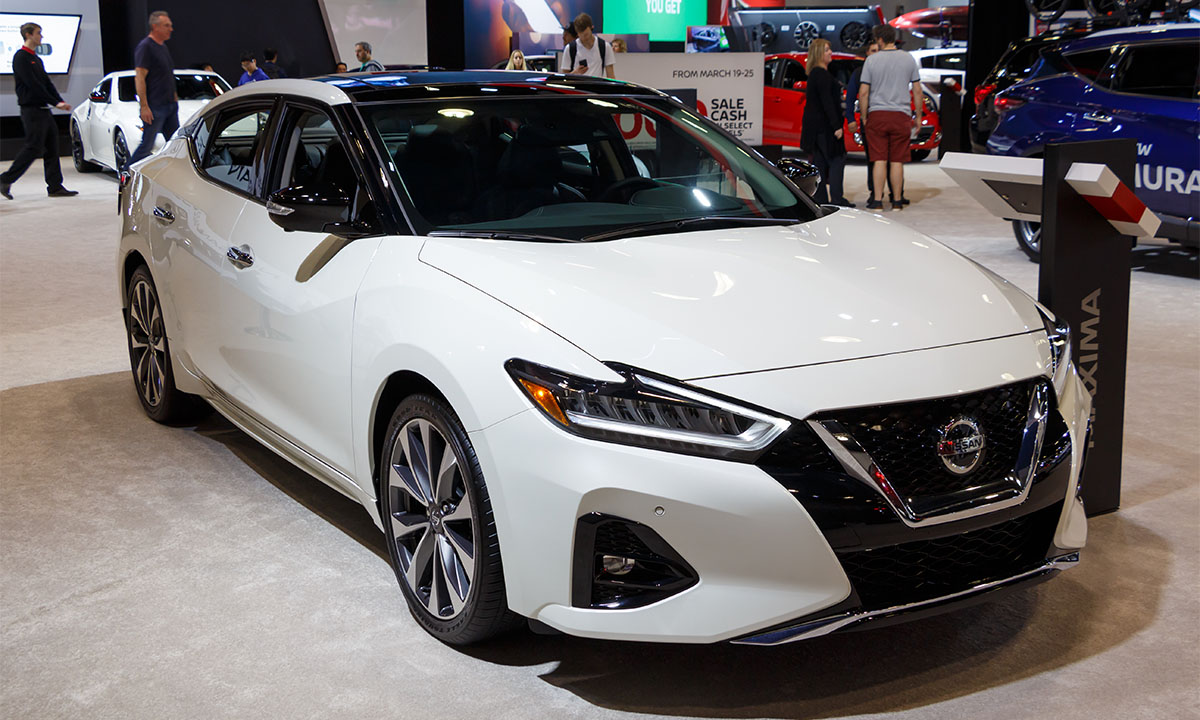Hydrogen always seems to be the Bridesmaid never the Bride technology
Over the 17 years this column has existed, few subjects, if any, have been its focus more often than hydrogen (H2) as an automotive fuel, either for use electrochemically in a fuel cell or burned directly in an internal combustion engine (ICE).
As the most abundant element in the universe, there is no shortage of hydrogen supply (in theory if not in practice) and whether it is used in a fuel cell or an ICE, it generates no greenhouse gases. Consequently, it has long been considered the holy grail of fuels.
During the first decade of this century, it seemed almost certain that hydrogen fuel cells would be not just the powerplants of the future but of the very near future.
They were not.
Due largely to the high costs associated with fuel cells, combined with rapid improvements in competing lithium-ion battery technology and the cult-like success of Tesla’s pioneering battery-electric vehicles (BEVs), it is they that have claimed the popular mantle as heir apparent to the ICE age — at least for now.
Once again, however, there are rumblings of hydrogen’s re-emergence as the fuel of the future. That those rumblings are coming primarily from the world’s biggest automaker by volume — Toyota — and the world’s third-ranked auto group by sales — Hyundai — lends them credence that cannot be ignored.
Both already have hydrogen fuel-cell electric vehicles (FCEVs) on the market, albeit with relatively low sales volumes. But both are also developing hydrogen-fuelled ICEs with near-term production feasibility. It is the potential for those vehicles that is particularly attractive to legacy automakers and has many auto enthusiasts excited.
The attractions to OEMs are obvious. Modifying existing IC engine designs to run on hydrogen rather than fossil fuels would save them countless billions of investment dollars in the new ground-up vehicle designs that BEVs demand. And billions more for new motor and battery manufacturing facilities.
Plus, they would be dealing with mostly known and proven technologies with predictable risks. How many new BEVs have already been the subject of massive recalls?
There is, of course, the matter of ensuring that the engine runs and performs acceptably using hydrogen as fuel. It’s a much tougher challenge than using gasoline, amplified by hydrogen’s gaseous nature and its ability to leak through the most minute openings.
A highly publicized fire in a Toyota race car running on liquid hydrogen fuel quite literally backfired, potentially setting back public opinion on the concept.
Assuming such engineering challenges can be overcome, however, H2 has much to recommend it as a fuel for ICEs.
On the environmental front, hydrogen ICE (HICE?) vehicles would not need lithium, nickel, or cobalt, which are critical battery materials. Consequently, fewer new mines and refining facilities would be required for those minerals, with all their attendant environmental consequences.
The additional hydrogen needed could and should be produced by electrolysis using carbon-free, non-nuclear electricity. Win-win-win!
From the consumer perspective, HICE vehicles should be dramatically lower priced than BEVs. Their only significant added cost would come from the high-pressure fuel tanks required.
They could also be hybridized, of course, adding further to their bonafides.
Best of all, HICE vehicles would require no significant change in driver behaviour from today’s conventional vehicles. Their driving characteristics would be identical and they could be refuelled the same way and in about the same time as refuelling with gasoline. The only difference would be the high-pressure connection from the fuel dispenser to the fuel filler.
That is, IF there were a refuelling infrastructure. It’s a very big IF!
Outside of California, there is virtually no retail hydrogen supply infrastructure in North America now. And even there, the outlets are few and scattered.
The big challenge on that front is that massive new investment would be needed to develop the H2 distribution infrastructure. And we would be back to a chicken-and-egg situation, as we were initially with BEV charging stations. Who will invest in the infrastructure before there are enough HICE or FCEV vehicles on the road to make it financially worthwhile?
If only the same effort and investment that has fuelled the BEV juggernaut, both technically and regulatory, had gone into hydrogen a decade ago, we might have been looking at a very different and potentially better future now.
Realistically, however, the massive investments that already have been made in BEVs and the regulatory fences protecting them are now all but irreversible, severely limiting the prospects for hydrogen to play more than a fringe role in our future transportation equation.
If only…
















